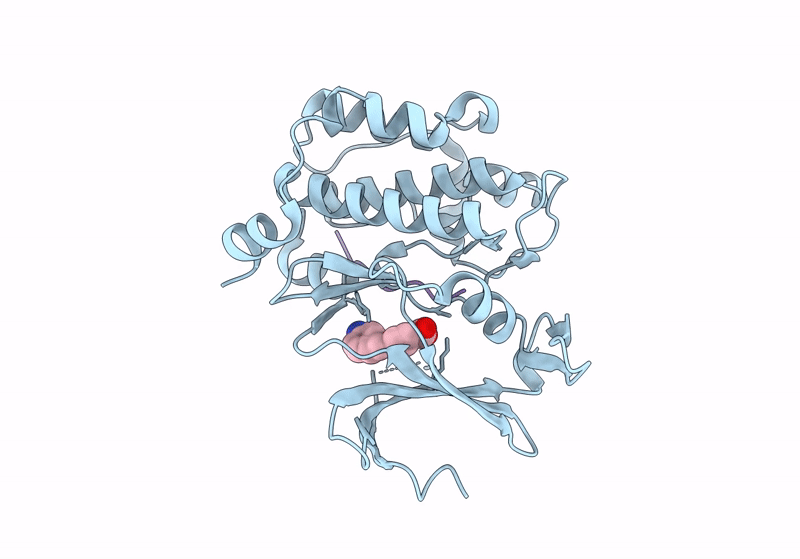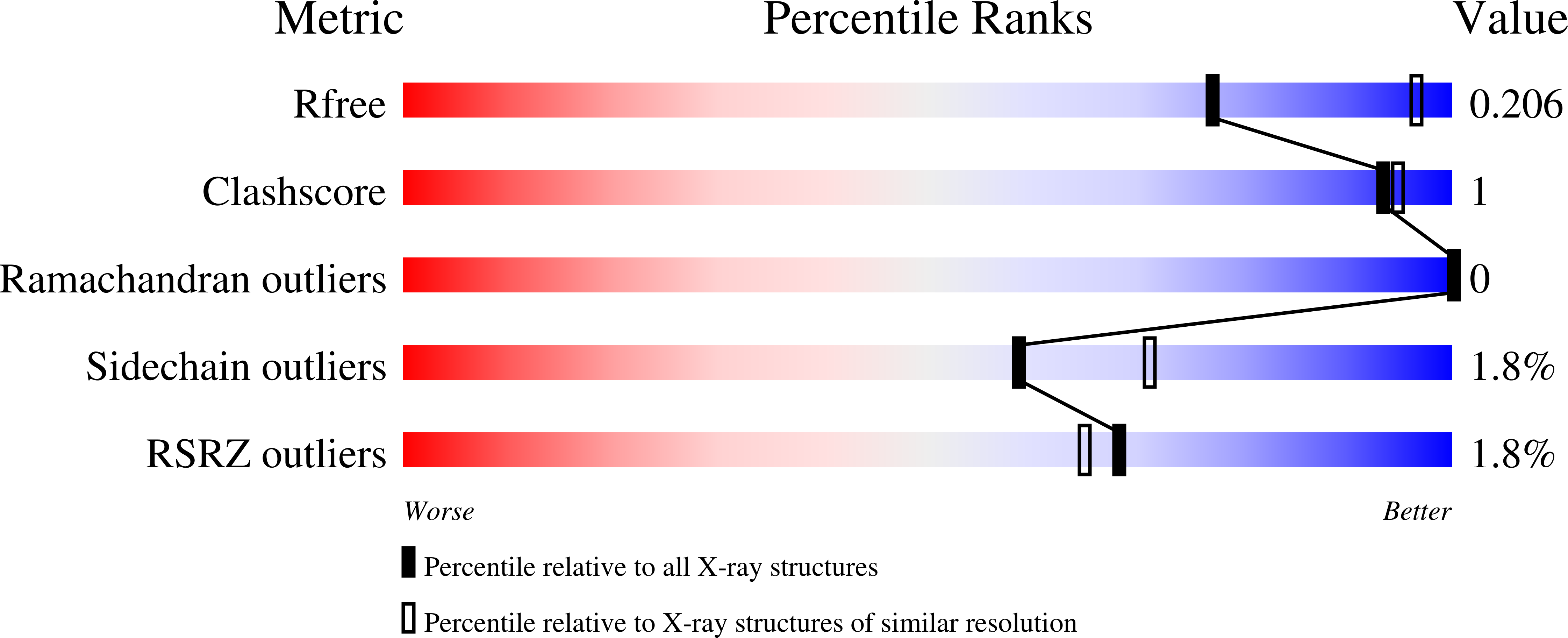
Deposition Date
2023-11-02
Release Date
2024-03-20
Last Version Date
2024-10-16
Entry Detail
PDB ID:
8R1P
Keywords:
Title:
Pim1 in complex with 6-bromobenzo[d]oxazol-2-amine and Pimtide
Biological Source:
Source Organism:
Homo sapiens (Taxon ID: 9606)
Host Organism:
Method Details:
Experimental Method:
Resolution:
2.45 Å
R-Value Free:
0.20
R-Value Work:
0.17
R-Value Observed:
0.17
Space Group:
P 65


